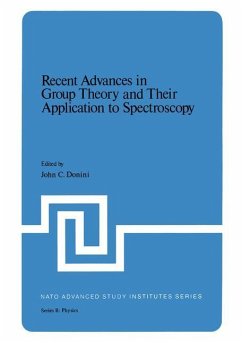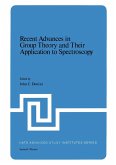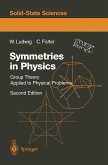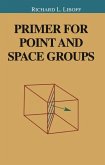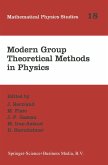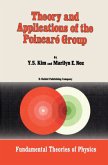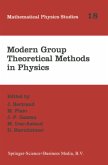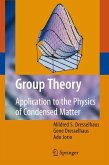The last few years have seen a resurgence in the applications of group theory to the problems posed by various characteristics of transition metals and lanthanides. In particular with the commercial availability of more sophisticated experimental tech niques; such as Magnetic Circular Dichroism (M.C.D.), Electron Paramagnetic Resonance (E.P.R. or E.S(pin).R.) and Single Crystal Polarised Spectra; experimental data of a much more sophisticated and selective nature than the old stand-by; absorption spectra and magnetic susceptibility; has become available. This new wealth of high quality experimental data thus pre sents challenges of interpretation and organization of the data which the new developments in group theory strive to meet. The wealth and quality of this new data makes the nuances and differences implicit in the traditional strong and weak field approach testable. Thus, these approaches can be tested more fully and new formalisms can be meaningfully tested, by comparisonto experiment. Hence the characteristic implicit in the strong and weak field approaches are revealed by studies into their formal structures as exemplified by Drs. E. Konig, S. Kremer, and S. Piepho. Similarly, works proceed apace on the knotty problem of correlation and gen eralization of these properties through approaches such as those of Drs. P. H. Butler, J. C. Donini and M. Kibler. On a similar vein the deep structure of group representation and correlations of representation of various groups is explored by the afore mentioned and by Drs. Fritzer, Patera and Sharp.
Hinweis: Dieser Artikel kann nur an eine deutsche Lieferadresse ausgeliefert werden.
Hinweis: Dieser Artikel kann nur an eine deutsche Lieferadresse ausgeliefert werden.

